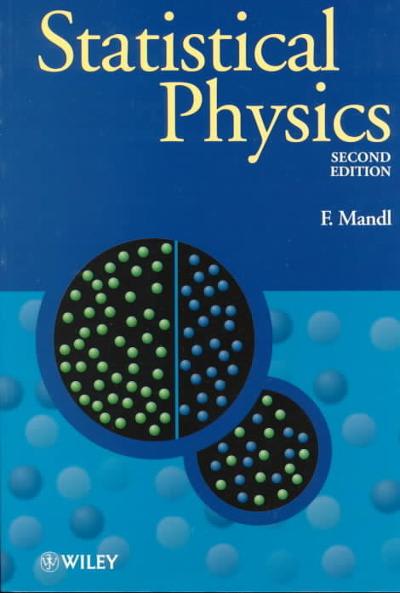Question
Problem 1 A ball is thrown horizontally from a cliff at a speed of 20 m/s. What will its speed be after 2s, and after
Problem 1
A ball is thrown horizontally from a cliff at a speed of 20 m/s. What will its speed be after 2s, and after 3s? Does its horizontal speed also change with time? Give reasons.
Problem 2
A cannon has a muzzle speed of 70 m/s. (a) At what angle should it be fired to reach maximum distance R? (b) Calculate R. (c) Calculate the total duration and maximum height to reach R.
Problem 3
The period of revolution of two satellitesS1 andS2 , which revolve around a planet in coplanar circular orbits in the same sense are 2 h and 4 h, respectively. If the radius of the orbit of S, is 10 m, then find the radius of the orbit ofS1.
Problem 6
In projectile motion, if we consider air resistance to be negligible, (a) what should be the shape of the path followed by the projectile? (b) For a projectile motion, if x =v0 cos t and y = (v0sin) t -12gt2, show that the path is parabolic.
Problem 7
A circularly moving object requires a centripetal force. What supplies the centripetal force for satellites that orbit Earth?
Problem 9
The orbital velocity of Earth about the Sun is 30 km/s. If Earth were suddenly stopped in its tracks, it would simply fall radially into the Sun. A congressional leader suggests firing a rocket loaded with radioactive wastes into the Sun for permanent disposal. For this to occur, with what speed and in what direction with respect to Earth's orbit should the rocket be fired?
Step by Step Solution
There are 3 Steps involved in it
Step: 1

Get Instant Access to Expert-Tailored Solutions
See step-by-step solutions with expert insights and AI powered tools for academic success
Step: 2

Step: 3

Ace Your Homework with AI
Get the answers you need in no time with our AI-driven, step-by-step assistance
Get Started


